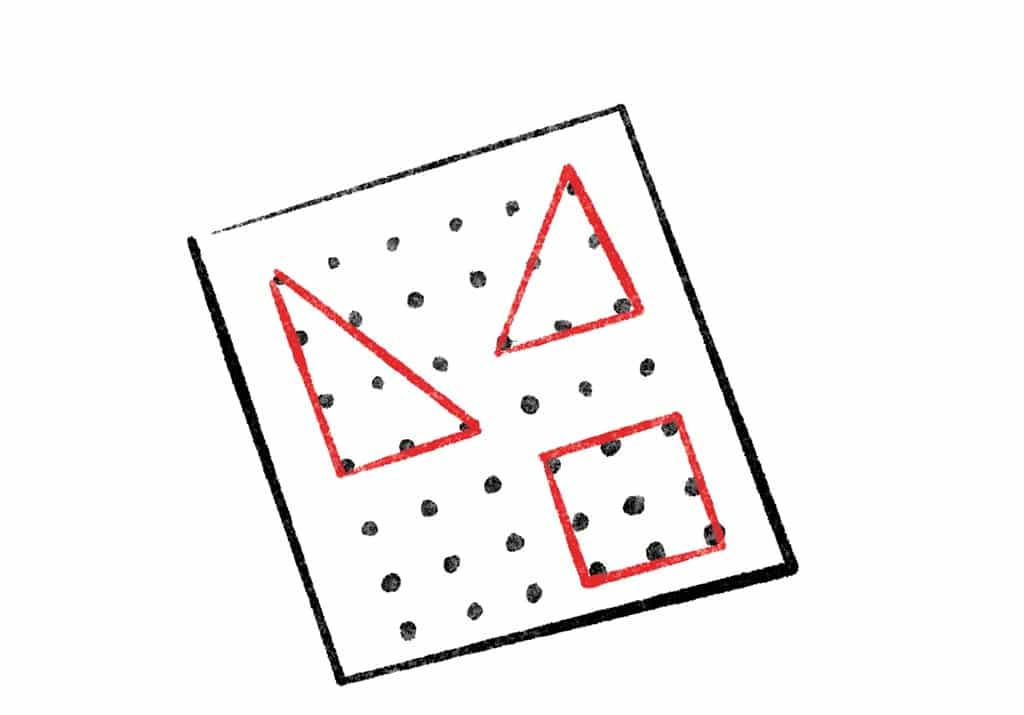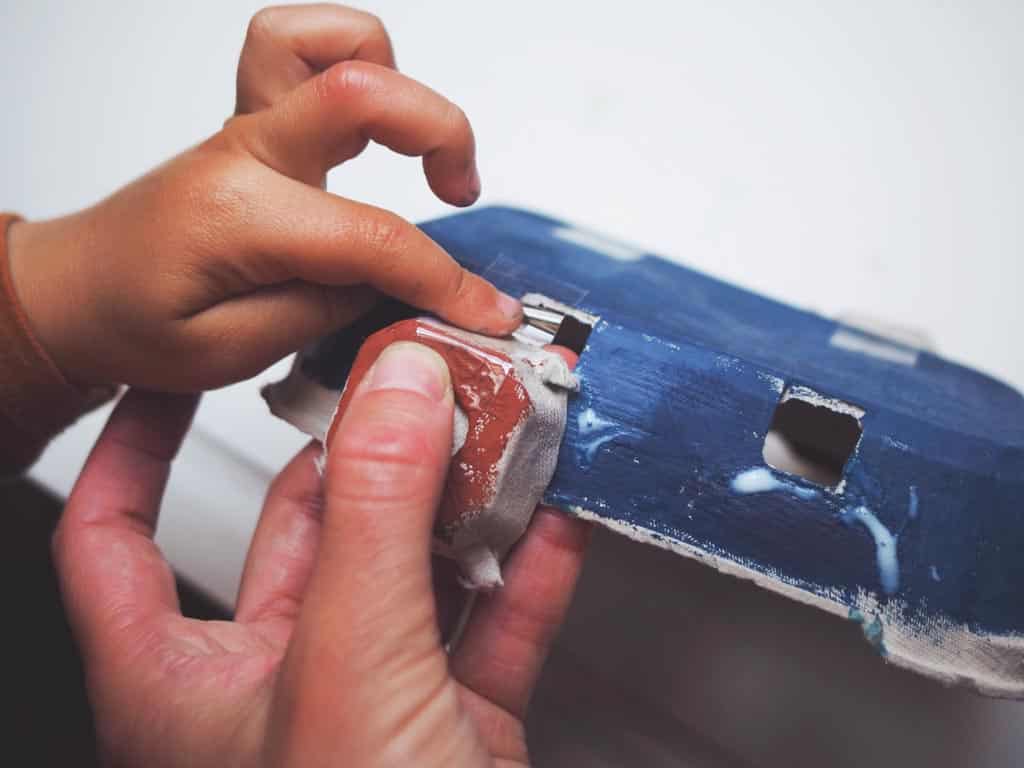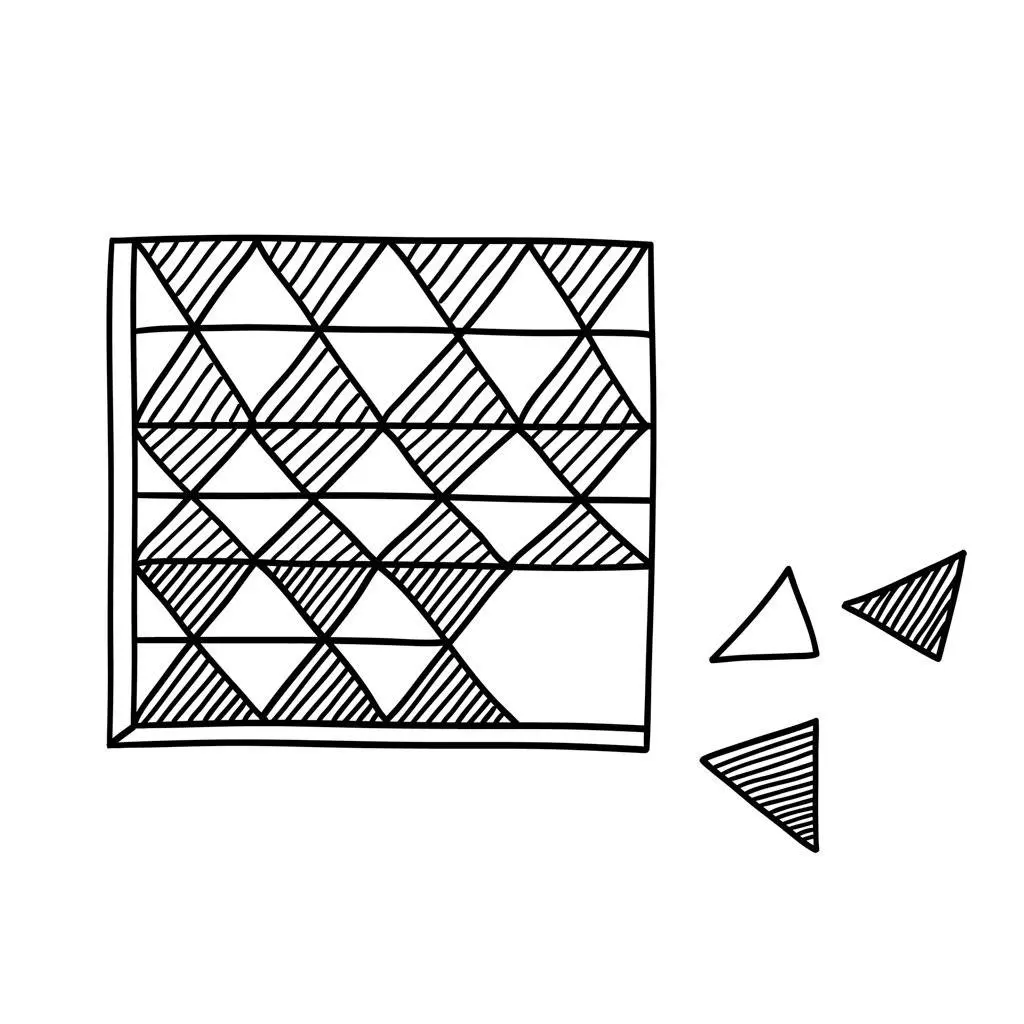Looking for a unique way to engage your children in learning and development? Geoboards can be a great educational tool that builds maths skills, motor skills, and coordination. In this article, we will explore the benefits of geoboard activities for preschoolers and provide a step-by-step guide on how to make your own geoboard using simple tools and materials. Whether you want to reinforce abstract maths concepts or build your child’s fine motor skills, geoboard activities are a fun and practical way to achieve these goals.
What is a Geoboard?
Geoboards give children a unique maths manipulative that engages their minds while helping them solidify abstract maths concepts. Disguised as open-ended play, geoboards build maths skills, motor skills, and coordination by securing elastic bands around pegs that are fitted to a board at equal distances.
Why are Geoboards Important?
Geoboards build many skills and increase development in several areas, including:
- Maths: Maths becomes amazingly clear because a geoboard can illustrate the concept concretely. Geoboards allow children to engage with maths in a spatial, open-ended way, leading to increased early maths skills. Experts know that early maths skills predict better academic achievement than early reading skills.
- Bilateral coordination: Studies have shown that bilateral coordination, using both sides of the body in an activity, positively impacts later academic achievement. Dressing, movement, eating, and more require bilateral coordination that geoboards can build.
- Fine motor skills: Like bilateral coordination, children require fine motor skills for everyday tasks. Building the small muscles in your hands by using a geoboard can further develop fine motor skills.
- Spatial reasoning: Important for maths and language, geoboard activities encourage better spatial reasoning. Is there enough room to make a triangle in that corner? If I add it to this first one, together they make a diamond.
How Do I Make My Own Geoboard?
If you can’t find a geoboard or don’t want to purchase one, don’t worry. Geoboards not only give preschoolers a great opportunity to solidify abstract maths concepts but also, they can be super simple to make on your own. You can even use the no-tool option included here.
What Do I Need to Know Before I Make a Geoboard?
Just make sure you consider the following before you start:
- Materials: Never use flimsy materials like foam or cardboard that can’t take the tension of the elastic bands. Screws or nails fixed into wood make the safest options. Screws make the best option, but nails work fine as long you hammer them in far enough.
- Tension of elastics: Elastic bands will cause pins and even nails to fly off your board. The only safe way to make a geoboard is by using screws or nails fixed into the wood. All other DIY types make a geoboard that is too flimsy, which can hurt your child.
- Testing: Test your board with the elastics before you let your children use it. Even if you are certain you have secured everything, wrap an elastic around the screws or nails stretched as far as possible. Then you can see whether the tension reveals any issues in construction that affect the safety of your geoboard.
- Wood: While wood makes the best foundation for your geoboard, don’t worry much about the shape. If you have some scrap wood around, you can make a geoboard even if the wood is circular. Just be sure you have an appropriate thickness for the length of screws or nails you plan to use so you can affix them deeply enough to board.
- Depth of pegs: The depth of the pegs, your screws or nails, becomes crucially important. As a rule, drive your screws and nails deeply enough so that over half of their length becomes secured in the wood. Doing so ensures they will remain secure while your children place bands around them.
What Supplies Do I Need to Make a Geoboard?
Considering the complex maths concepts preschoolers can learn from a geoboard, you will find that making a geoboard yourself is surprisingly simple. You really only need these supplies to make and play with a geoboard:
- Screws or nails
- Screwdriver or hammer
- Board
- Ruler or tape measure
- Elastic bands
How To Make Your Own Basic Geoboard
Once you have the right supplies, you can easily construct your own geoboard in minutes. Just follow these steps:
- Check the thickness of your board. Be sure your board has enough thickness that your screws can be driven half of their length into the board without going through the back. The easiest way to ensure your screws can be driven in far enough without penetrating the back of the wood is to select screws the same length as the thickness of your board.
- Sand the wood. Sand all the roughness off your board since little fingers will be scraping its edges.
- Measure and mark. Make a grid on your wood by measuring 1.5-inch squares. Using a ruler or tape measure, you can mark straight horizontal and vertical lines that are 1.5 inches apart, which will create a grid.
- Drive screws into the wood. Drive screws over half their length into the wood at each point where your grid lines intersect.
- Let your children play. Give them the bands, give them a geoboard, and let them have some fun exploring how it works.
How Do I Make a Geoboard With No Tools?
If you don’t have tools, just head over to the hardware store and buy a panel of pegboard. You won’t need a huge piece, but most hardware stores will cut the pegboard for free. So find one that does before you head out.
Ask the hardware store to cut your pegboard down to whatever size you want. You can either use the remaining pegboard for another project or have them cut several so you can make more than one geoboard.
Before you check out, grab some screws and nuts. Once you get home, insert a screw from the back of the pegboard and screw the nut from the top side. Skip a hole in each direction and keep inserting screws and nuts until you fill the board.
Final Word
Geoboards engage children with fun activities that build skills necessary for academic achievement and daily living. You can easily make your own geoboard so that your children can reap the benefits of increased motor skills, maths skills, and coordination.




